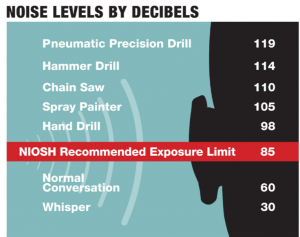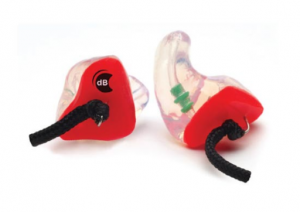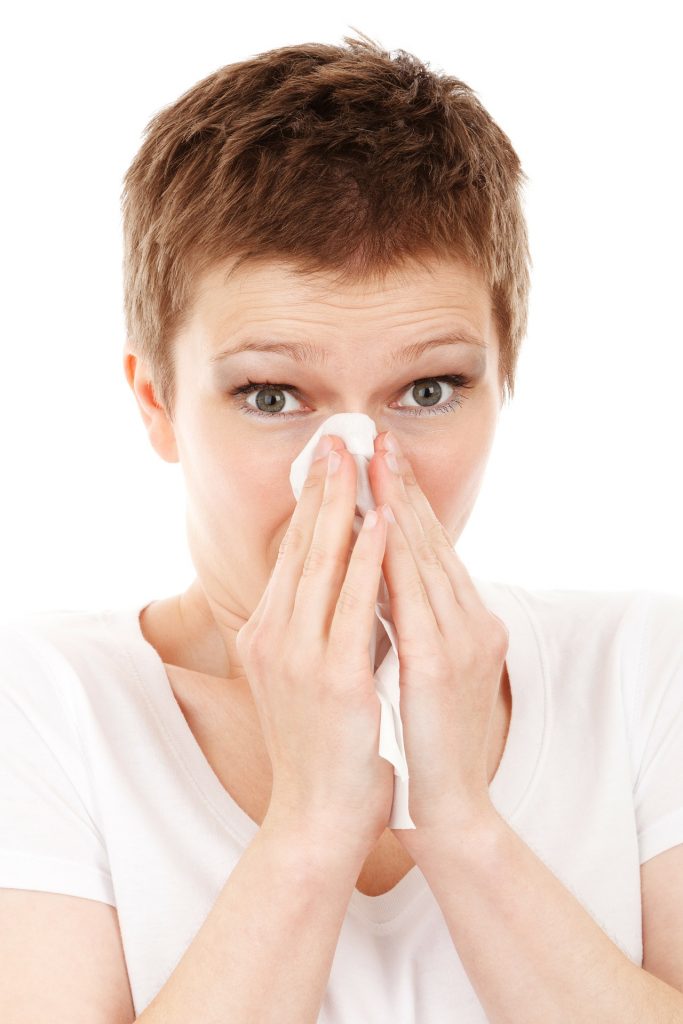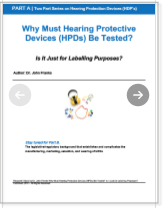Tips To Keep You & Your Ears Safe This Halloween
With halloween around the corner here are some useful ways to enjoy the evening while keeping you and your ears safe!
Bonfires & Fireworks What You Need To Know
If you are planning on attending a bonfire, make sure to enjoy from a distance. Keep well back from where the bonfire and fireworks are being set off. The noise and smoke pollution could irritate a pre-existing hearing condition, including tinnitus.
Children hearing and safety tips
Give your kids flashlights and apply reflective tape to costumes and treat bags to help pedestrians and drivers see your children.
A child’s hearing is particularly sensitive to loud noise. Protect your child’s hearing from any loud noises particularly during halloween where the noise generated from fireworks and bangers can be similar in decibel range to gunshot blasts. This can cause serious hearing damage, especially in young children up to the age of five, whose hearing is more sensitive than adults.
Warm Ears Are Happy Ears
Ear warmers are a staple in any autumn/winter wardrobe, especially when going out and enjoying a long walk through the leaves, but the winter wind is always whipping around and can irritate your ears, so wrap up warm with ear warmers or ear muffs.
Keeping Your Ears Safe Around Fireworks
Noise from exploding fireworks can reach a massive 150-175 decibels! The World Health Organisation recommends that adults not expose themselves to more than 140 dB of peak sound pressure. If you have children, the recommendation for them is 120 dB. Exposure to loud noises such as fireworks can cause tinnitus, hearing loss, or aggravate your existing tinnitus.
If you will be around fireworks this weekend, make sure to wear adequate hearing protection.
Everyone loves a party
If you’re hosting a party this Halloween be mindful of friends with hyperacusis, or other hearing problems and barriers that might make it difficult for friends to enjoy the night.
Tip:
- Have a quiet room at your party for people who want to have a conversation in a quieter environment.
- Rooms should be well lit so that those who need to lip read can follow the conversation.
- Don’t play the music too loud, have it a volume that won’t damage your guests hearing. Even those who don’t have hearing related problems.
Pet Friendly Halloween
Pets can be very anxious around this time of year with the loud noises that come with Halloween.
Tip: When fireworks and other loud noises happen suddenly, don’t fuss as your pet may pick up on your anxiety making the problem worse. Reassure your dog vocally with a positive tone when he is frightened. Do not punish the pet when they are scared, this only confirms that there is something to be afraid of. Maybe try to engage your pet in some form of active game.
Cats prefer to be left to cope on their own but make sure they have access to a safe zone they normally like to retreat to, and try to keep your cats in a few days before and after Halloween night. Black cats are especial prone to cruelty-related incidents.
All forms of chocolate especially dark chocolate are dangerous for dogs and cats, so remember to keep it out of their reach. Keep pets confined and away from the door. Not only will your door be constantly opening and closing on Halloween, but strangers will be dressed in unusual costumes making lots of noise. This, of course, is scary for our furry friends.
Have a great Halloween weekend, be sure to share your tips with us below or via our social media accounts











 canal congestion.
canal congestion. The dB Blocker™ Classic Intercanal Vented hearing protection device by CPE PEUS may be an answer to those who need to improve hearing. Vented Intercanals were designed for persons who need to converse and work in and out of noise. This hearing protector (earplug) enhances conversation with other workers in a noisy workplace and could be used to enhance hearing with the inner ear concerns of allergy responses.
The dB Blocker™ Classic Intercanal Vented hearing protection device by CPE PEUS may be an answer to those who need to improve hearing. Vented Intercanals were designed for persons who need to converse and work in and out of noise. This hearing protector (earplug) enhances conversation with other workers in a noisy workplace and could be used to enhance hearing with the inner ear concerns of allergy responses.  oor and head out to the Monster Truck Jam, but wait… what’s missing? What about packing the hearing protection?
oor and head out to the Monster Truck Jam, but wait… what’s missing? What about packing the hearing protection?
